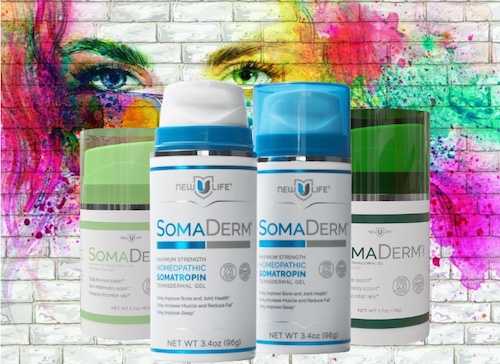This is Day 2 of the 5-Day Healthier Eating Challenge. To start at the beginning, click here.
I’m a Gen X-er, so ultraprocessed foods have been a mainstay of my diet since I was a kid. I was raised on bowls of sugary cereal, mac and cheese and instant ramen. I still crave them.
And that’s by design, said Ashley Gearhardt, a professor of psychology at the University of Michigan. Dr. Gearhardt’s research suggests that some UPF ingredients, like added fats and sugars, can activate the brain’s reward centers in ways similar to those of addictive substances like alcohol and nicotine.
“The more you have, the more you want,” she said.
So it’s logical that we might prefer them to some less-processed foods. But when you stop to think about how different some seem from their whole-food counterparts, the temptation diminishes a little. Many of us don’t pay close attention, though.
“Most UPFs aren’t designed to be eaten mindfully,” said Arielle Johnson, a flavor scientist and the author of “Flavorama: A Guide to Unlocking the Art and Science of Flavor.” A small 2019 study monitored people on both whole-food diets and ultraprocessed food diets. When they were on the UPF diet, subjects consumed more — an average of 500 extra calories a day — and ate the food more quickly.
If you are like me and find ultraprocessed foods irresistible, today’s challenge may help reduce their allure.
Well Challenge Day 2: Are ultraprocessed foods really that delicious?
Head into your kitchen in search of an ultraprocessed food and a less-processed counterpart. If you have cheese puffs or cheese-flavored chips, pair them with a block of real cheese; place a peanut butter energy bar beside a handful of peanuts; put a cup of honey oat breakfast cereal next to some cooked oatmeal and honey.
Examine your UPF closely: Once you have both items, inspect your product. What does it look like? Can you tell what it’s made of? Does its color match something in nature? Does it have its own unique texture? Paying attention to these details helped me spot the less-appetizing qualities of a few beloved UPFs.
Some UPFs are developed to be very soft, making them easier to chew and swallow in larger quantities, as one study suggested. Others are dry so that they can stay on shelves longer and microbes won’t grow in them, said Chris van Tulleken, an associate professor of infection and immunity at University College London and the author of “Ultra-Processed People.”
Now, take a bite and pay attention to how it sounds. Sometimes a noticeable texture distracts from what’s lacking in flavor, Dr. van Tulleken said. Other times, he added, an ultraprocessed food can have an initial crackle or crunch but turn quickly to powder.
Take a whiff: Can you identify an aroma? Name what you are smelling. Free-associate.
The biggest contributor to a food’s flavor is its smell, Dr. Johnson explained. Your product’s smell might be very faint, she said, because industrially processing ingredients can alter the chemical complexity that produces a more distinct aroma.
Compare your UPF to your whole food: Taste your UPF again, noting whatever smells and flavors come to mind. Then, do the same with its less-processed or unprocessed counterpart.
Dr. Johnson and I did this with Dannon Light + Fit raspberry yogurt, a UPF, and plain yogurt with raspberry jam drizzled on top. Dr. Johnson opened the Light + Fit and sniffed: “It smells like raspberry candy,” she said.
She ate a spoonful of the Dannon yogurt and said it tasted sweet and the fruit flavor was faint. Then she smelled the plain yogurt, identifying hints of butter, cream, cheese and a “mildly fruity, slightly green flavor, like underripe green apple.”
For the raspberry jam, Dr. Johnson noted a “deep cooked-fruit smell.” When she ate some, she mused like a sommelier: “It’s just really pleasantly round and rich,” she said.
Dr. Johnson took another bite of the Light + Fit and said it tasted even more like candy this time. Eating something less-processed can make the UPF taste more artificial, she said, because UPF flavor “tends to be a simplified version of whole foods.”
We spent an hour comparing a dozen more UPFs to less-processed foods. Each one made me more aware of the vast difference between them and prompted me to pause and consider alternatives before I reach for UPFs.
At the end of the hour, our odd picnic completed, I packed up my makeshift UPF charcuterie board and headed home to take an antacid.

